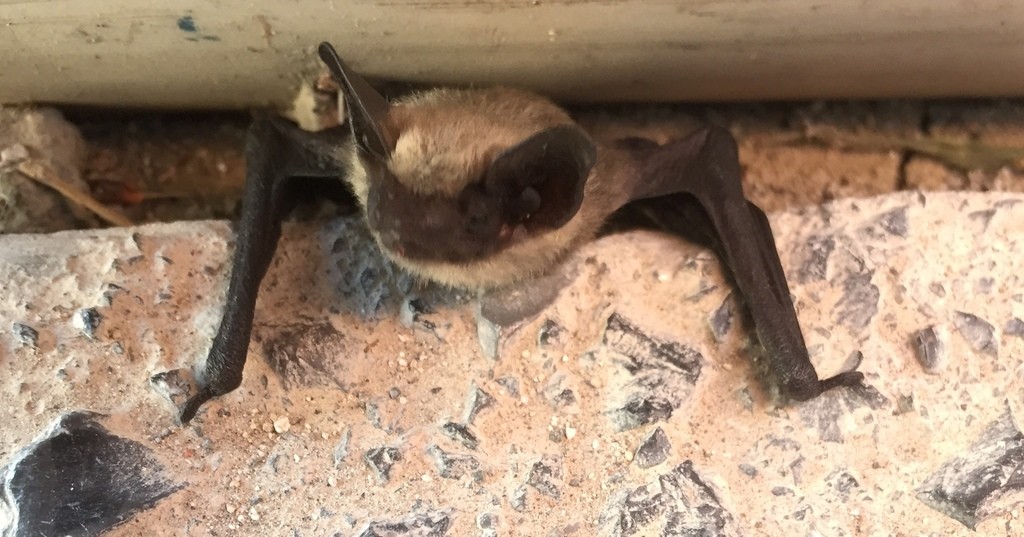Canyon bat
A species of Canyon bat Scientific name : Parastrellus hesperus Genus : Canyon bat
Canyon bat, A species of Canyon bat
Scientific name: Parastrellus hesperus
Genus: Canyon bat
Content
Description People often ask General Info
 Photo By adriananelly , used under CC-BY-4.0 /Cropped and compressed from original
Photo By adriananelly , used under CC-BY-4.0 /Cropped and compressed from original Description
The canyon bat (Parastrellus hesperus), also known as the western pipistrelle, is a species of vesper bat. It is found in Mexico and in the western United States. The species has historically been placed in the genus Pipistrellus, but molecular evidence does not show any close relationship with that genus, and accordingly it was classified into its own genus, Parastrellus, in 2006. 
People often ask
General Info
Lifespan
10-13 years
Diet
Canyon bat primarily feeds on small, soft-bodied insects like moths, resulting in a diet predominantly composed of lepidopterans. Additionally, they also consume flies, mosquitos and beetles.
Appearance
Canyon bat is a small bat with a short and broad wing shape, covered in short, smooth fur. Its coat mainly displays shades of dark brown, fading to lighter hues on the ventral side. This species possesses a relatively short tail, tucked within the tail membrane. There are no significant visible differences in appearance based on age, gender, or subspecies.
Behavior
Parastrellus hesperus is commonly the first bat out in the evening and the last bat to be seen after sunrise. These bats are most active in the hours immediately following sunset and preceding sunrise and are usually not active during the overnight hours. On a few occasions, P. hesperus has been observed in flight during the late morning hours in full sunlight. P. hesperus is an insectivorous bat. As such, their flight is erratic and fluttery. Their low-aspect wings give these bats increased maneuverability, an important characteristic when hunting flying insects. P. hesperus will enter periods of hibernation when the weather grows cold or food supplies diminish. However, both male and female members of this species will sometimes emerge during the winter months to hunt, though not in the numbers commonly observed during warmer times of the year. P. hesperus hibernates in mines, caves, and rocky crevices. These bats are not known to hibernate in large groups and are usually found singly. Females of P. hesperus give birth to their young in June. These bats usually have two young, but may produce only one young per mating. In keeping with their mostly solitary nature, females raise their young alone or in small maternity colonies of no more than a dozen bats. Young are typically capable of flight within 2–3 weeks of birth. 
Population
Stable